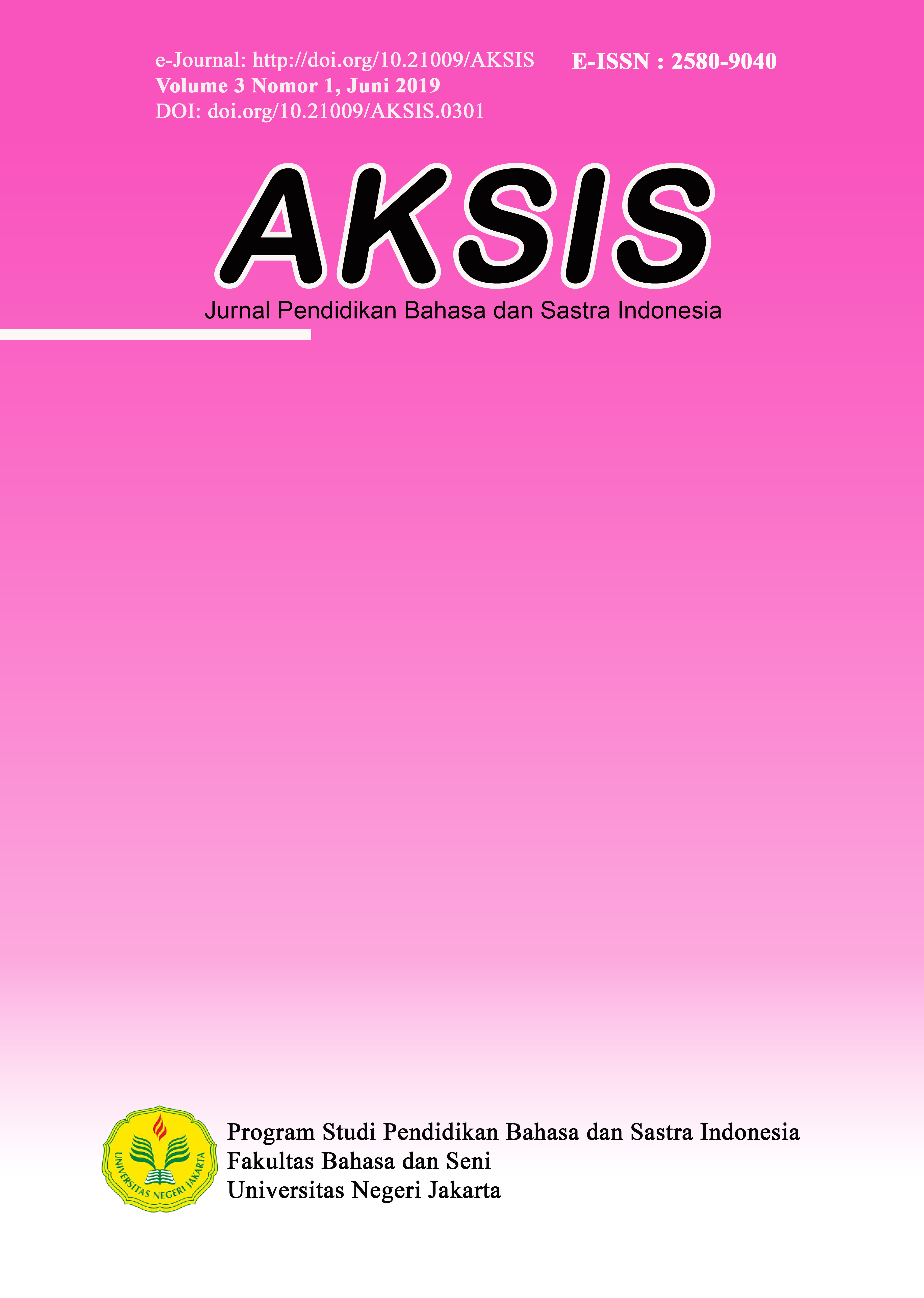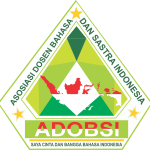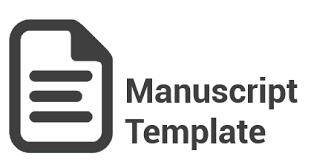Developing Syllabus and Reading Teaching Materials for BIPA A1 Based on Deductive Approach
DOI:
https://doi.org/10.21009/AKSIS.030101Keywords:
developing, syllabus, teaching material, BIPA A1 reading, deductiveAbstract
This study aims to describe: 1) the development of reading syllabus for BIPA level A1 using deductive approach in D’Royal Moroco Integrative Islamic Elementary School, and 2) the development of reading teaching material for BIPA level A1 using deductive approach in D’Royal Moroco Integrative Islamic Elementary School. The method used in this research was research and development method. Based on the observations, documents analysis, interviews, and tests, during need analysis period, can be elaborated that the school did not have any teaching materials for BIPA. While the school had quite a lot of BIPA students mostly at A1 level. This situasions need immediate action of developing syllabus and reading teaching material for BIPA at A1 level. Due to the target of the users for this syllabus and teaching material, deductive approach can be used to developing the syllabus and the reading teaching material of BIPA A1 since the children learn more effectively by imitating the examples, and deductive approach suits that needs. By following the deductive approach, the syllabus should contains the role of teacher and students while the teaching material should have: 1) begins with the concept introduction, 2) followed by relevant examples, and 3) contains of adequate practice. It is also should containing relevant and interesting illustrations.
References
Biduri, F.N., Rasyid, Y., & Emzir. (2018). The analysis of needs on learning materials in context—based reading mandarin language and culture. Journal of Education, Teaching, and Learning, 3(1), 9—16. doi: http://dx.doi.org/10.26737/jetl.v1i1.454
Borg, W.R., Gall, M.D., & Gall, J.P. (2003). Educational Research: An Introduction (7th Edition). Indiana: Pearson.
Brown, J.D. (1995). Elements of Language Curriculum: A Systematic Approach to Program Development. Boston: Heinle & Heinle.
Brumfit, C.J. (1984). General English Syllabus Design. Oxford: Pergamon Press. Council of Europe. (2001). Common European Framework of Reference for Languages: Learning, Teaching, Assesment. Strasbourg: Cambridge University Press. Retrieved from www.coe.int/lang-CEFR
Hmedan, H.A.A., & Nafi, J.S.I. (2016). The effect of using inductive and deductive methods on 7th grade students’ achievement in grammar in Bethlehem district and their attitudes toward EFL. International Journal of Education and Social Science, 3(9), 38—53.
Kementerian Pendidikan dan Kebudayaan. (2009). Undang-Undang Nomor 24 Tahun 2009. Retrieved from http://www.kemendagri.go.id/produk-hukum/2009/07/09/undang-undang-no-24-tahun-2009
Kementerian Pendidikan dan Kebudayaan. (2014). Peraturan Kementerian Pendidikan dan Kebudayaan No. 31 Tahun 2014. Retrieved from http://kelembagaan.ristekdikti.go.id/wp-content/uploads/2016/11/permen_tahun2014_nomor031-1.pdf.
Kementerian Pendidikan dan Kebudayaan. (2017). Peraturan Kementerian Pendidikan dan Kebudayaan No. 27 Tahun 2017. Retrieved from http://jdih.kemdikbud.go.id/new/public/produkhukum
Khusniyah, N.L., & Lustyantie, N. (2017). Improving English reading comprehension ability through survey, questions, read, record, recite, review strategy (SQ4R). English Language Teaching, 10(12), 202—211. doi: 10.5539/elt.v10n12p202
Muliastuti, L. (2014). Materi ajar BIPA berbasis CEFR dan pendekatan integratif. In Pranowo, Setyaningsih, Y., & Rahardi, R.K. (Eds.), Optimalisasi fungsi bahasa Indonesia sebagai wahana pembentukan mental dan karakter bangsa di era globalisasi menuju Indonesia emas 2045. Conference proceeding of Pertemuan Ilmiah Bahasa dan Sastra Indonesia (PIBSI) XXXVII, Yogyakarta, Indonesia. Retrieved from https://repository.usd.ac.id/3668/1/2077 _Artikel+PIBSI+XXXVII.pdf
Muliastuti, L. (2017). Bahasa Indonesia bagi Penutur Asing: Acuan Teori dan Pendekatan Pengajaran. Jakarta: Yayasan Pustaka Obor Indonesia.
Purwahida, R. (2017). Interaksi sosial pada kumpulan cerpen Potongan Cerita di Kartu Pos karangan Agus Noor dan implikasinya terhadap pembelajaran sastra di SMA. Aksis: Jurnal Pendidikan Bahasa dan Sastra Indonesia 1(1). 118-134. doi: doi.org/10.21009/AKSIS.010107
Purwahida, R. (2018). Problematika Pengembangan Modul Pembelajaran Baca Tulis Anak Usia Sekolah Dasar. Aksis: Jurnal Pendidikan Bahasa dan Sastra Indonesia 2(1). 118-134. doi: doi.org/10.21009/AKSIS.020108
Riley, J. (2006). Language and Literacy 3-7: Creative Approach to Teaching. London: SAGE Publication
Rivai, O.S., et. al. (2010). Pemetaan Pengajaran Bahasa Indonesia bagi Penutur Asing (BIPA) di Asia. Retrieved from http://km.ristek.go.id/assets/files/125Pendidikan/BIPAdiAsia /BIPAdiAsia.pdf.
Sagala, S. (2008). Konsep dan Makna Pemelajaran. Bandung: Alfabeta.
Santosa, A. I., Rafli, Z., & Lustyantie, N. 2018. Pengaruh pola asuh orang tua dan sikap bahasa terhadap kemampuan membaca pemahaman. Jurnal Pendidikan Bahasa dan Sastra, 18(1), 69—80. doi: http://dx.doi.org/10.17509/bs_jpbsp.v18i1.12147
Shaffer, C. (1989). A comparison of inductive and deductive approaches to teaching foreign languages. The Modern Language Journal, 73(4), 395—403. doi: https://doi.org/10.1111/j.1540-4781.1989.tb05319.x
Sudiana, I.N. (2007). Membaca. Malang: UM Press.
Suhartatik. (2018). Makna Leksikal Bahasa Madura Keadaan Alam Nelayan di Pesisir Kepulauan Sumenep. Aksis: Jurnal Pendidikan Bahasa dan Sastra Indonesia 2(1). 107-126. doi: doi.org/10.21009/AKSIS.020107
Tarigan, H.G. (1986). Teknik Pengajaran Keterampilan Berbahasa. Bandung: Angkasa.
Tomlinson, B. (2007). Developing Materials for Language Teaching. London: Continuum.
Wahyuni, S. (2013). Cepat Bisa Baca. Jakarta: Gramedia Pustaka Utama.






